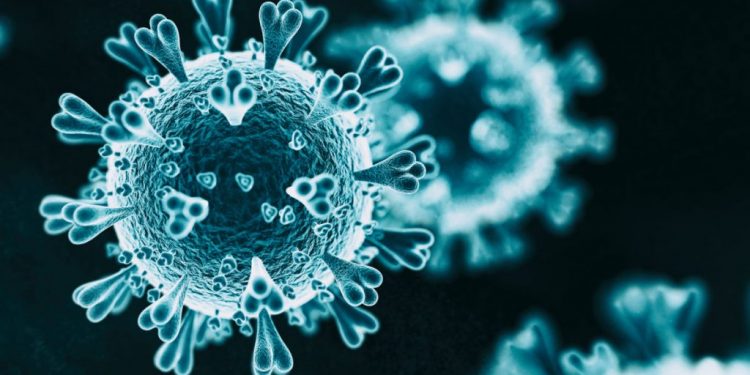New York: Children and adults produce different types and amounts of antibodies in response to the novel coronavirus infection, according to a study which suggests the course of the infection and immune response is distinct in kids, and most of them easily clear the virus from their bodies.
“Our study provides an in-depth examination of SARS-CoV-2 antibodies in kids, revealing a stark contrast with adults,” said Donna Farber, an immunologist at Columbia University in the US.
Matteo Porotto, associate professor at Columbia University said the infectious course in children is much shorter and probably not as disseminated as in adults.
“Kids may clear this virus more efficiently than adults and they may not need a strong antibody immune response to get rid of it,” said Poroto, who co-led the study published on Thursday in the journal Nature Immunology.
Among the 47 children in the study, 16 were treated at Columbia University for Multisystem inflammatory syndrome in children (MIS-C) and 31 kids of similar ages had tested positive for the virus after visiting the medical center for the treatment of other conditions. Half of the children without MIS-C had no COVID-19 symptoms.
The 32 adults in the study ranged from severely affected patients admitted to the hospital to those with milder disease who recovered at home, the researchers said.
Both groups of children produced the same antibody profile, the study found, which differed from that of adults.
Compared with adults, children produced fewer antibodies against the virus’s spike protein — which the virus uses to infect human cells, according to the researchers.
The children’s antibodies had the least neutralising activity, while all adults, including young adults in their 20s, produced neutralising antibodies. The sickest adults had the most neutralising activity, they said.
Though it may seem counterintuitive that the sickest patients produce antibodies with the greatest neutralising activity, Farber said that likely reflects the amount of time the virus is present in the sickest patients.
“There is a connection between the magnitude of your immune response and the magnitude of the infection: The more severe the infection, the more robust the immune response, because you need to have more immune cells and immune reactions to clear a higher dose of a pathogen,” he added.
In contrast to adults, children also produced very few antibodies against a viral protein that is only visible to the immune system after the virus infects human cells, the researchers said.
“That suggests that in kids, the infection doesn’t really spread a lot and doesn’t kill a lot of their cells,” Farber said.
“Because children clear the natural virus rapidly, they do not have a widespread infection and they do not need a strong antibody response,” Porotto added.
The reduced course of infection in children may signify that they are infectious for a shorter period of time compared with adults and therefore less likely to spread the virus, although the researchers did not measure viral load in the children.
PTI






































